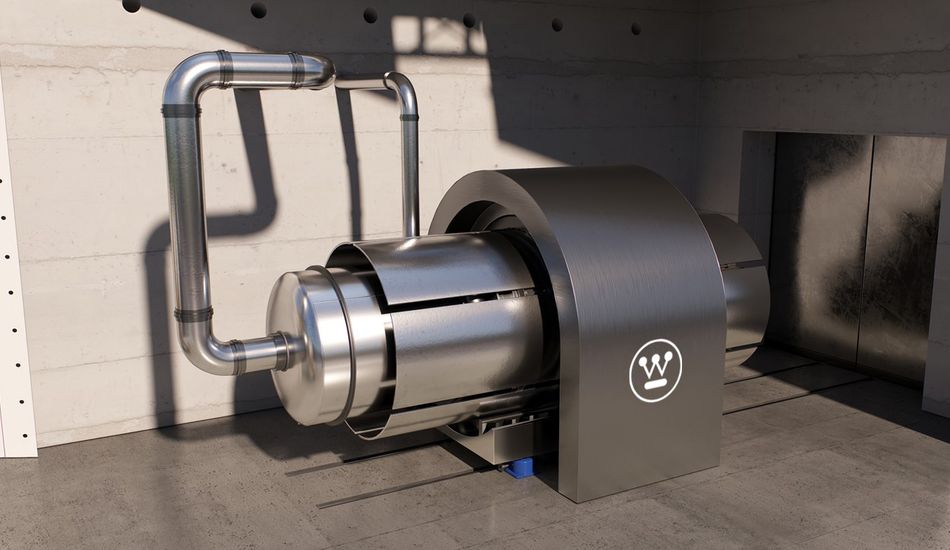
Tiny Nuclear Reactors: US Tests New Power Source for Remote Locations
Instead of always thinking bigger, sometimes the coolest tech breakthroughs come from shrinking things down. Take nuclear reactors, for example. The U.S. Department of Energy (DOE) is betting big on microreactors – we're talking about reactors small enough to fit on a trailer.
These aren't your grandpa's massive nuclear plants. The DOE just announced a deal with Westinghouse and Radiant to test these mini-reactors at the Idaho National Laboratory. Imagine, the first tests of their kind, potentially changing how we get power.
These microreactors, named eVinci (Westinghouse) and Kaleidos (Radiant), pump out only 5 and 1.2 megawatts, respectively. Now, that doesn't sound like much, but keep in mind the DOE defines these as producing between 1 and 50 megawatts. While it’s a far cry from traditional reactors, that can generate around 833 times the power of Kaleidos, this is still a pretty good deal.
But why go small? Well, they're not trying to power New York City with these things. The real advantage is their size and portability. Think about remote areas that rely on less efficient and dirtier power sources. A single Kaleidos could theoretically power a bunch of homes in a rural area, with the average U.S. household consumes about 0.03 megawatts worth of electricity daily.
Imagine this: a natural disaster hits, knocking out power to a remote military base. Instead of relying on diesel generators, they could truck in a microreactor. These things can be transported by train, truck, or even plane, making them super useful in emergencies.
The DOE wants to use them to power remote data centers and replace those noisy, polluting diesel generators. Mike Goff, the Acting Assistant Secretary for Nuclear Energy, thinks microreactors will be key to expanding nuclear power in the U.S., powering our homes, bases, and vital infrastructure.
The first tests are planned for spring 2026, lasting up to six months. It's all about seeing how well they work and how efficient they can be. It will be interesting to see what comes of this and if these microreactors will actually become popular soon!
Source: Gizmodo